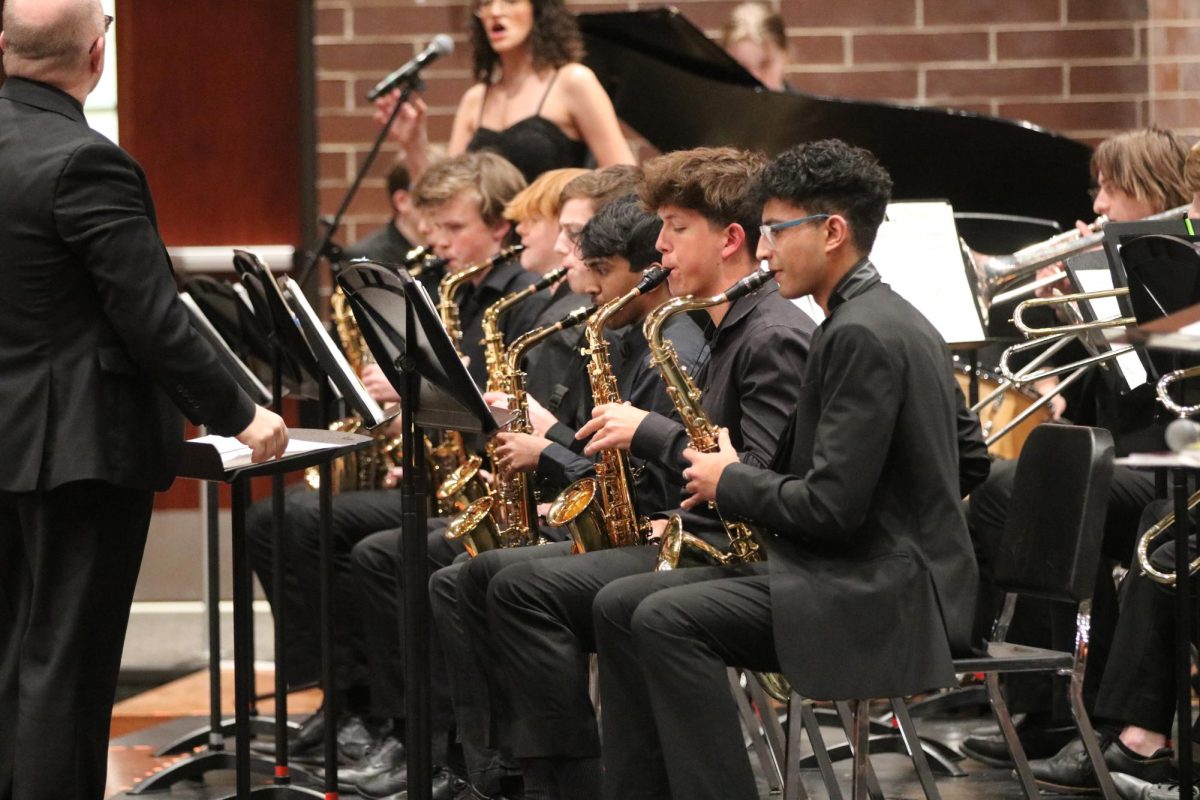The Social Media Effect
Teens face the negative effects of increased social media use
April 26, 2019
Hours upon hours staring at a small screen. Only minutes upon minutes spent in a meaningful way. Most teens today waste excessive amounts of time on social media without realizing it. The growing amount of time they spend on their phones is disturbing. Many teens remain incredibly concerned with communicating through social media and maintaining an online presence that they forget both how to communicate in person and remain true to themselves.
Teens often remain unaware their addiction to social media and the effects of overusing these platforms. According to the Child Mind Institute, the spread of increased time on social media is affecting communication skills and friendships among teens. Many apps commonly enjoyed by young individuals have age limits and restrictions in order to prevent misuse by smaller kids, however, overall, few other solutions exist to restrict the trend overuse.
Freshman Meghan Hartnett feels like social media impacts negatively impacts her attention and awareness. Despite restrictions and being aware of the time she allots to her phone, she continues to use the addicting device.
“I feel like I always miss out on things because I’m always on my phone,” Hartnett said.
As with Hartnett and other students, a simple buzz of a phone sends an automatic desire to place one’s full attention on that notification. Students experience a sense panic or urgency when they get alerts on their phone, an intense desire to always be “in the know”. In addition to being less cognizant of one’s surrounding, this tendency to frequently check alerts presents issues to teens’ mental health.
The negative consequences of excessive screen time and social media include decreased attention spans, increased bullying rates and an increased number of kids getting in trouble. These all constitute significant stressors for young individuals.
A recent study from Psychology Today found that about 59 percent of teens reported a mild exposure to bullying and about 14 percent with a high rate of exposure from bullying online and through social media. Social media emphasizes a standard of perfection that many teens feel they have to reach in order to fit in.This often results in increased cyber-bullying when people aren’t able to achieve that standard. This precedent of bullying and subsequent mental health issues presents a serious problem for teens.
While the issues related to phone usage persist, teens contest that cell phones remain a wonderful tool for communication. For example, teens are able to stay better informed about the world around them due to the fast-paced world of media on platforms such as Twitter or Instagram.
“I can stay connected with my friends, and stay on top of the latest trends,” sophomore Kylie Sheline said.
While teens reaffirm that an emphasis on phones and social media is beneficial, the overall effects remain obstructive to a student’s health and relationships. New technology becomes subconsciously addicting. Overall, social media is extremely popular but doesn’t necessarily provide a beneficial or caring environment for kids. Teens should try and reduce their amount of screen time each day, focusing more on personal communication and their own mental health before living up to the social media standard.
























